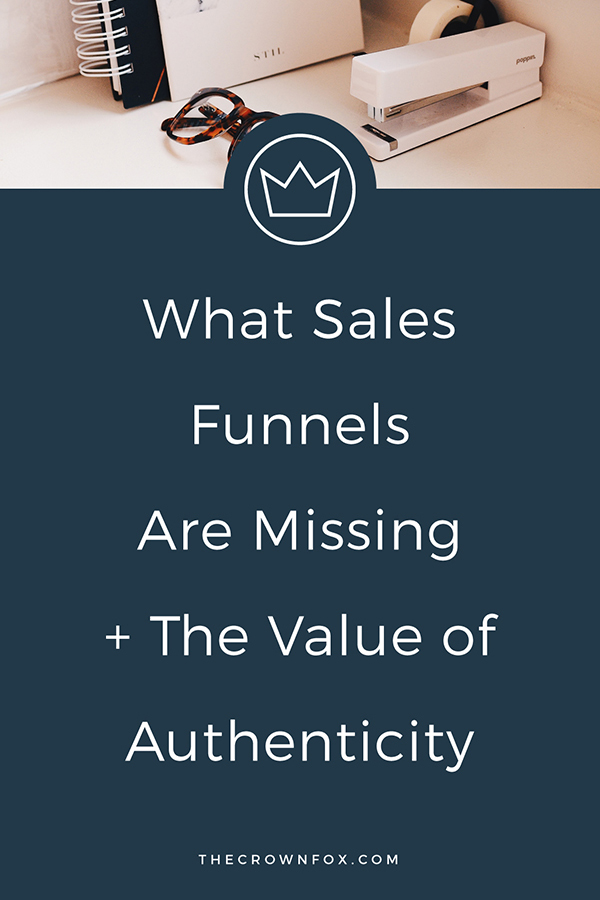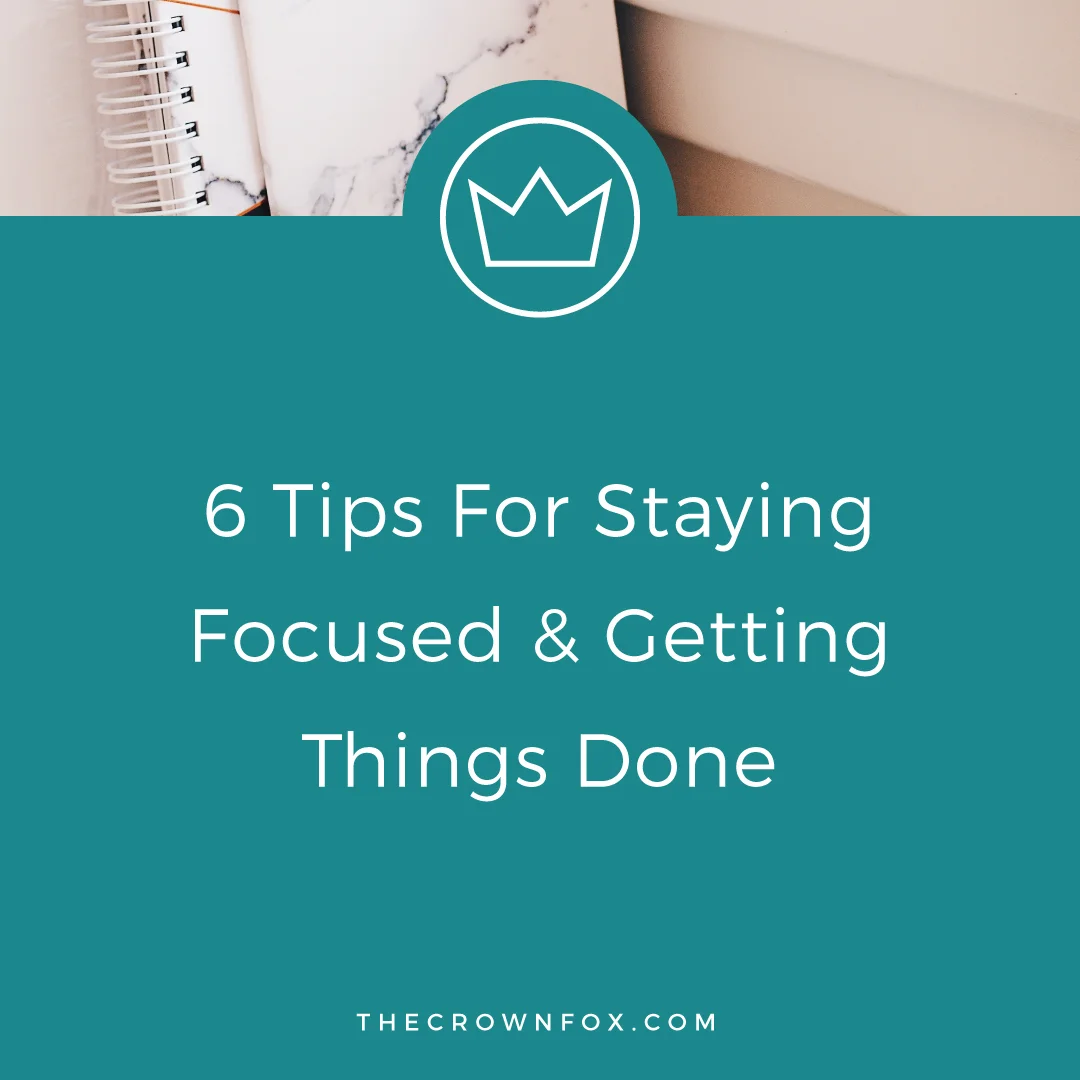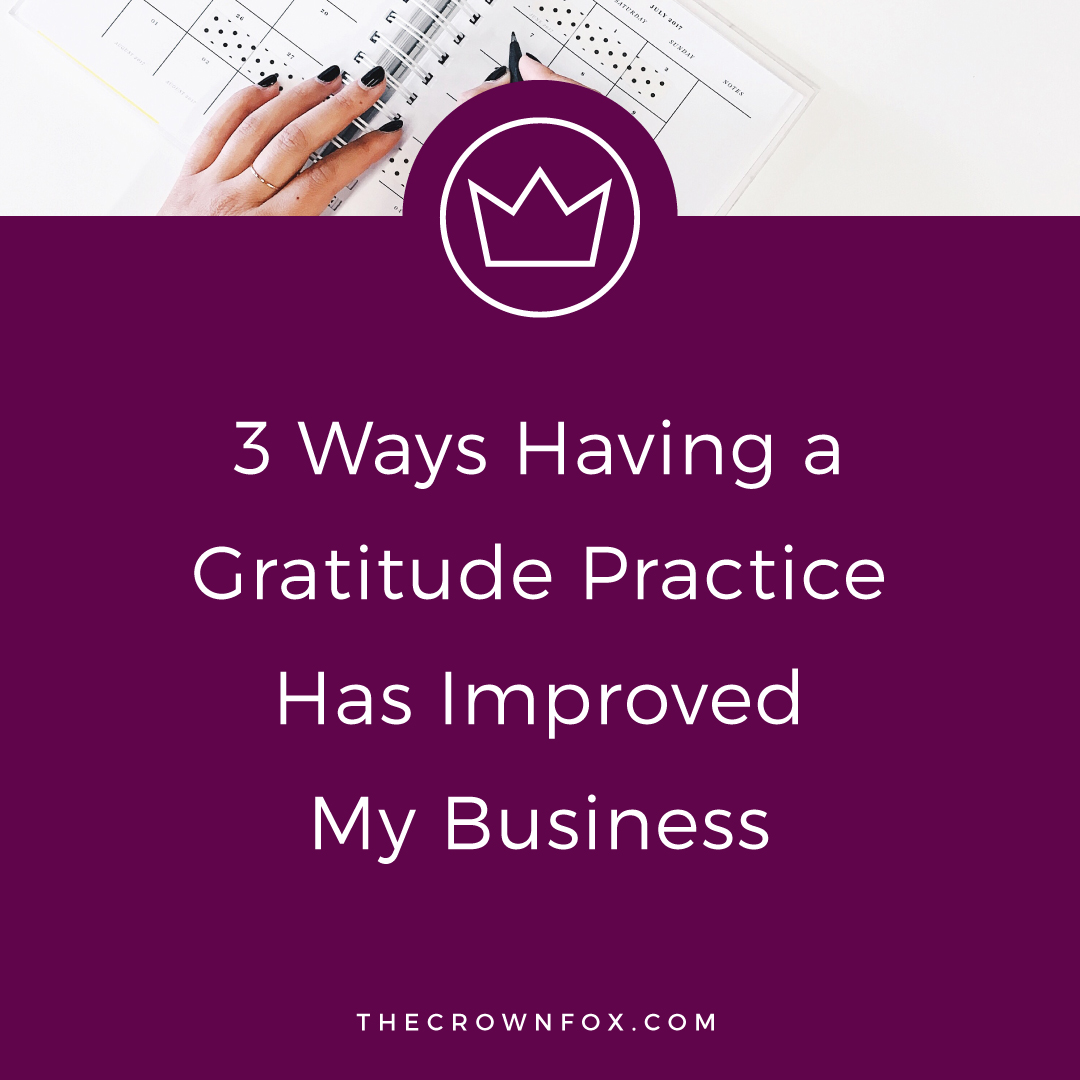Earlier this year I was approached and asked to simply give some insight into this industry that we all work in - the world of online businesses. The conversation went in a direction I wasn't entirely expecting and gave me the opportunity to talk about ideas that had been circulating in my head but more difficult to articulate (and make apparent in my business).
We kept coming back to this idea of authenticity. I, and others involved, noted that it felt difficult to maintain any sort of authentic, or natural, feelings when it came to selling. What I want is that someone finds me, we become connected in some way that feels natural, and eventually if I happen to offer a product they need, they trust me and my knowledge to invest in it. I don’t want to fall into sales tactics that feel gimmicky, pushy, and honestly kind of gross. I hate that feeling and hate being told that this is how you get success.
Throughout these conversations I began to learn that other people felt this way, saw this issue, and had started to develop a new social media app that hoped to fill this void. If you’re on my email list you probably remember me inviting you to join me a few weeks back and test out this new app. It was an awesome week where we tested not only the technology of the app, but more importantly how it could work to create more authentic relationships between people. As someone with a small following, I could use it as a new way to reach out, talk about issues that matter, get feedback, and connect. It was magical!
After that test week and through subsequent conversations, we began to bring the topic back to how this app could answer an actual need and fill a missing link in our attempts to sell authentically. I wanted to share with you this information and see what your thoughts were about the idea of “the missing middle.”
The Missing Middle
Friends & Readers,
Over past weeks we, a group of 12 bloggers, small business owners and creative entrepreneurs experimented with a new social media app - and unearthed a remarkable, devastating reality: among us we were losing approximately 60-90% of our visitors or leads, because we were missing something called "the middle of the funnel".
"Funnel"?
For those unfamiliar, a "funnel" is a simple model for business performance, particularly in a sales context where the company or entrepreneur must take new visitors through a process that transforms them into customers, each of whom must
First become aware of you, then
Understand and prefer you, and finally
Choose to buy from you.
The upside-down pyramid shape of a funnel (broad at the top and thin at the bottom) represents how a business may reach many visitors or potential customers, but only generate interest in a proportion of these visitors, and finally only convert into customers a fraction of those interested. Businesses and entrepreneurs use data to spot weaknesses in their funnel and take appropriate action to "optimize" their funnel, leading to improvement in their bottom line!
My funnel rocks!
In our mission to guide, support or inspire our audiences, we ultimately make it all possible via a process of sales, which is aptly described by a funnel.
At the "top of the funnel" many of us use tools like Pinterest to reliably generate visitors to our blog, or we may make ourselves consistently present on social media platforms like Twitter and Facebook to create awareness. For some, effective use of Pinterest works remarkably well, generating more visitors to our blogs than we could hope to service as clients.
At the "bottom of the funnel" many of us have newsletters or exclusive communities, where most are present because they have a strong level of fit with our brand or capability to help them - therefore we're typically able to generate a stream of income here for the business.
My funnel sucks
However, what lies in the middle? A basic funnel from top to bottom is described by three words: (1) Reach, then (2) Like, and finally (3) Buy.
Although many of us have found reliable methods for generating traffic to our blog ("reach"), or sure, once we've whittled it down to the right group of people we're able to make sales with greater probability ("buy") - we employ a complete and utter tangle of tools and methods for creating "like".
We struggle to migrate those we've reached into those who're likely to buy in a not so seamless, not so systematic, not so reliable, and definitely not so easy way. We hop on Facebook for hours to leave ad hoc tips and advice; then flip back and forth to Twitter to network with peers, which may haphazardly turn up a referral; and we sprinkle throughout webinars or Periscopes to really show our audience who we really are, etc.
While these are certainly valuable on occasion, they are far from reliable as systematic methods for shuttling new leads into a position to purchase. Additionally, they obscure the problem because they spill across the funnel (aka they do a little of everything, but none of it super well): partially getting you more reach, sometimes just getting you some exposure, occasionally helping you convert a customer - but not doing any one task all that reliably. This is understandable, because when Facebook or Twitter was built no one was thinking "this is going to be great for the middle of the funnel!"
So what's missing?
A well-optimized sales funnel not only creates reach at the top (because the world is huge and I know my market is somewhere out there), and reliably converts qualified leads at the bottom (now that I've gathered the people who were born to buy my product), but it reliably "funnels" the awaiting market out there toward purchase-readiness. A healthy funnel creates "like", meaning it takes a lead who is somewhat aware of you and turns her into someone who understands and prefers you - which ultimately tees her up for a purchase! It should be like software - an input always translates into an output - new visitors in and purchase-ready, potential customers out.
If you've ever complained that you have difficulty distinguishing yourself from competitors, that you're unable to articulate your distinctive value add or brand personality, then you know you are struggling with part of this problem! Underlying this complaint is a frustration with the missing means to powerfully show people who you are and what makes you you - which if you only had, you'd stand a fighting chance at helping your audience understand you, at creating a connection with them!
Our ad hoc activity on social media, fluttering from a post here to a tweet there, even if consistent doesn't powerfully expose people to who you are; our blogs are static, and despite your best efforts to make it distinctive cannot avoid the universal structure of a blog and thus resembles the blogs of others; you can be yourself at full volume and in technicolor on YouTube or Periscope, but it takes an incredible amount of thought and hard work to produce quality visual content. All of this activity is consciously (or unconsciously) geared toward creating "like" - a meaningful connection with leads - but unfortunately for many represents a "middle of the funnel" that barely gets the sales or newsletter signups or other "bottom of funnel" actions that grow your business!
So what?
In a Fortune 500 setting, expensive and sophisticated webinar platforms allow billion dollar companies to churn raw prospects into interested leads - 20 potential buyers of their fancy SAAS solution file into a webinar, in which the sales team shows them the insides of the product with a built-in demo, demonstrate and talk up the values and culture of the company building it, and offer a taste of what it'd be like to work together, etc. This creates "like" (pretty effectively apparently).
However, while a time/thought/cost and prep-intensive AV webinar solution might work for them - systematically funneling in prospects and churning out interested leads - it's beyond the reach of the solopreneur trying to engage her audience. So, we're starting to imagine what a similar platform, scaled down but equally effective, would look like for us! But to do it right, we want to make sure we've correctly identified the problem.
Our group is trying to uncover a solution to this problem - but we have to know if our diagnosis is right, and whether it resonates with the community. If so, we're going to chase this full speed by building something that bridges the chasm in the middle of the funnel!
So that is a summary basically of what we learned throughout this trial and how this new social media app might provide a solution. What I am curious about is - does this resonate with you? As someone with a business online, do you feel that there is a missing middle? Let me know in the comments!







Hi! I’m Kaitlyn!
I believe that you can create a life and business you love by listening to your own inner guidance system. I think there's plenty of strategies + hacks to learn and a ton of “how to” content you can consume but ultimately you are your best guide, the best guru, the best compass, and the best source of inspiration! I’m here to help you learn to trust that voice inside, step into your incredible power, and create YOUR dream business + life.
Let’s work together!